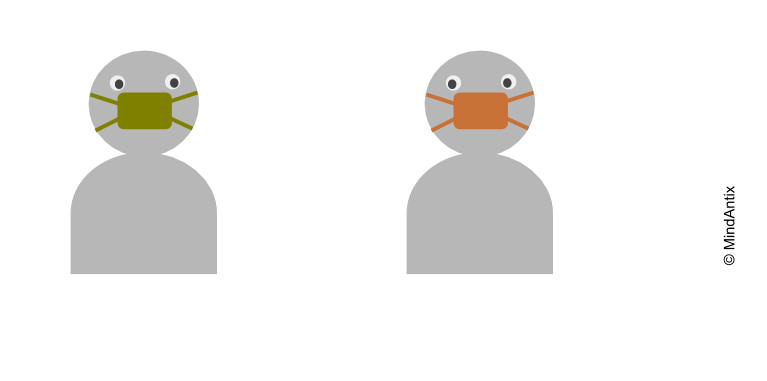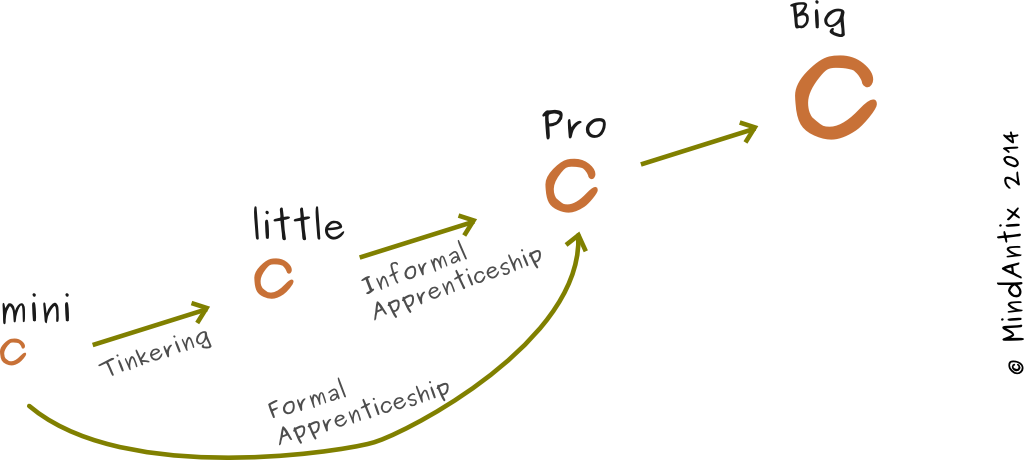Over the last few months schools and teachers have had to drastically change teaching and adapt in real time to school closures. As summer approaches and schools start planning for the next year, they are yet again faced with the possibility of full or partial closures. However, the pandemic is also giving us an opportunity to try different models of learning that can be beneficial even in the long-term.
Covid-related school closures have created a situation where in-person interaction has become a precious resource. Maintaining adequate physical distance, temperature screenings, and frequent deep cleanings are all adding a significant expense to normal day-to-day interactions that we had come to take for granted. We now need to treat classroom time as a precious resource―by conserving it and using it mindfully where it’s most effective. For example, a teacher giving a lecture to a classful of students is not a good use of classroom time as students could do that just as well remotely.
The most effective way to structure learning would be to prioritize classroom time for building skills that require interaction and can’t be developed in isolation, while leaving individual work for offline.
Skills that need active interaction time with peers and teachers primarily fall under the 21st century skills umbrella – skills like creativity, critical thinking or collaboration. So it makes sense to “flip” learning along the boundary of 21st century skills and academic content. Here are some activities that would benefit most from in-person time, where the teacher plays the role of a coach or facilitator in helping students develop critical skills.
Creativity and Collaboration
A key thinking pattern that underlies creativity is associative thinking―the ability to combine different ideas into something meaningful. When students discuss and build on each other’s ideas toward a common solution, they are exercising their associative thinking. The same skills also build healthy collaboration – instead of students trying to compete with each other to make their idea “win”, they try to include everyone’s ideas as best as they can. Teachers can help build these skills by observing how students interact with their group members, and guiding them to include all voices and focus on joint problem solving.
Critical Thinking
Critical thinking is when an individual improves the quality of their thinking by applying intellectual standards. It includes underlying skills like reasoning, evaluating, analyzing, judging, inferencing and reflecting.
Socratic questioning and classroom discussions are a good way to discuss open-ended issues and build critical thinking. Critical thinking can be done both online or face-to-face, but there are differences. In online discussions students tend to use more evidence based reasoning as they can research before making their argument, while in face-to-face mode students listen to other ideas more and expand on them due to the spontaneous nature of the discussion. A blended model that capitalizes on the advantages of both models, can be a useful way to build critical thinking.
Project Based Learning
Project based learning provides an avenue for students to be engaged in active, real-world problem solving. For students to gain most from PBL, they have to encounter and struggle with key concepts and skills behind the project. They build their thinking and knowledge in an experiential manner as they actively problem solve, by themselves or within a group.
The pandemic is causing significant disruption to the learning process and will require restructuring of lesson plans to address additional closures. Prioritizing 21st century skills for in-person classroom time can help stimulate students to think, engage in discussions, stay connected with their peers and learn from them.
The full version of this article appeared on edCircuit.





